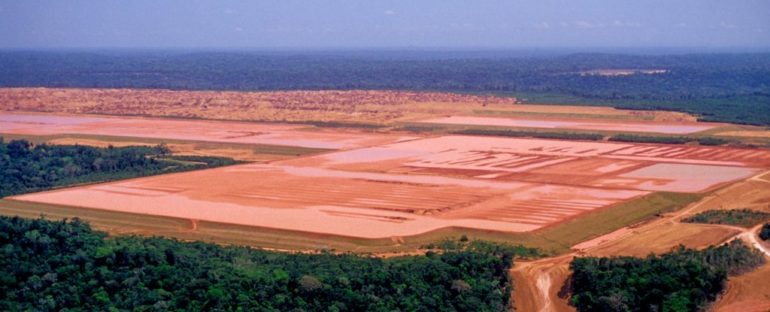This year, I was on the judging panel for the Royal Statistical Society’s International Statistic of the Decade.
Much like Oxford English Dictionary’s “Word of the Year” competition, the international statistic is meant to capture the zeitgeist of this decade. The judging panel accepted nominations from the statistical community and the public at large for a statistic that shines a light on the decade’s most pressing issues.
On Dec. 23, we announced the winner: the 8.4 million soccer fields of land deforested in the Amazon over the past decade. That’s 24,000 square miles, or about 10.3 million American football fields.
This statistic, while giving only a snapshot of the issue, provides insight into the dramatic change to this landscape over the last 10 years. Since 2010, mile upon mile of rainforest has been replaced with a wide range of commercial developments, including cattle ranching, logging and the palm oil industry.
This calculation by the committee is based on deforestation monitoring results from Brazil’s National Institute for Space Research, as well as FIFA’s regulations on soccer pitch dimensions.
Calculating the cost
There are a number of reasons why this deforestation matters – financial, environmental and social.
First of all, 20 million to 30 million people live in the Amazon rainforest and depend on it for survival. It’s also the home to thousands of species of plants and animals, many at risk of extinction.
Second, one-fifth of the world’s fresh water is in the Amazon Basin, supplying water to the world by releasing water vapor into the atmosphere that can travel thousands of miles. But unprecedented droughts have plagued Brazil this decade, attributed…



